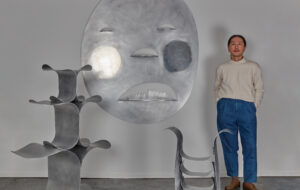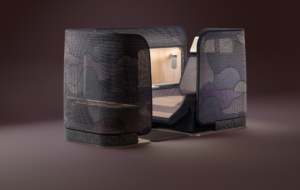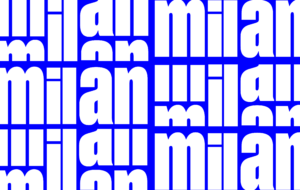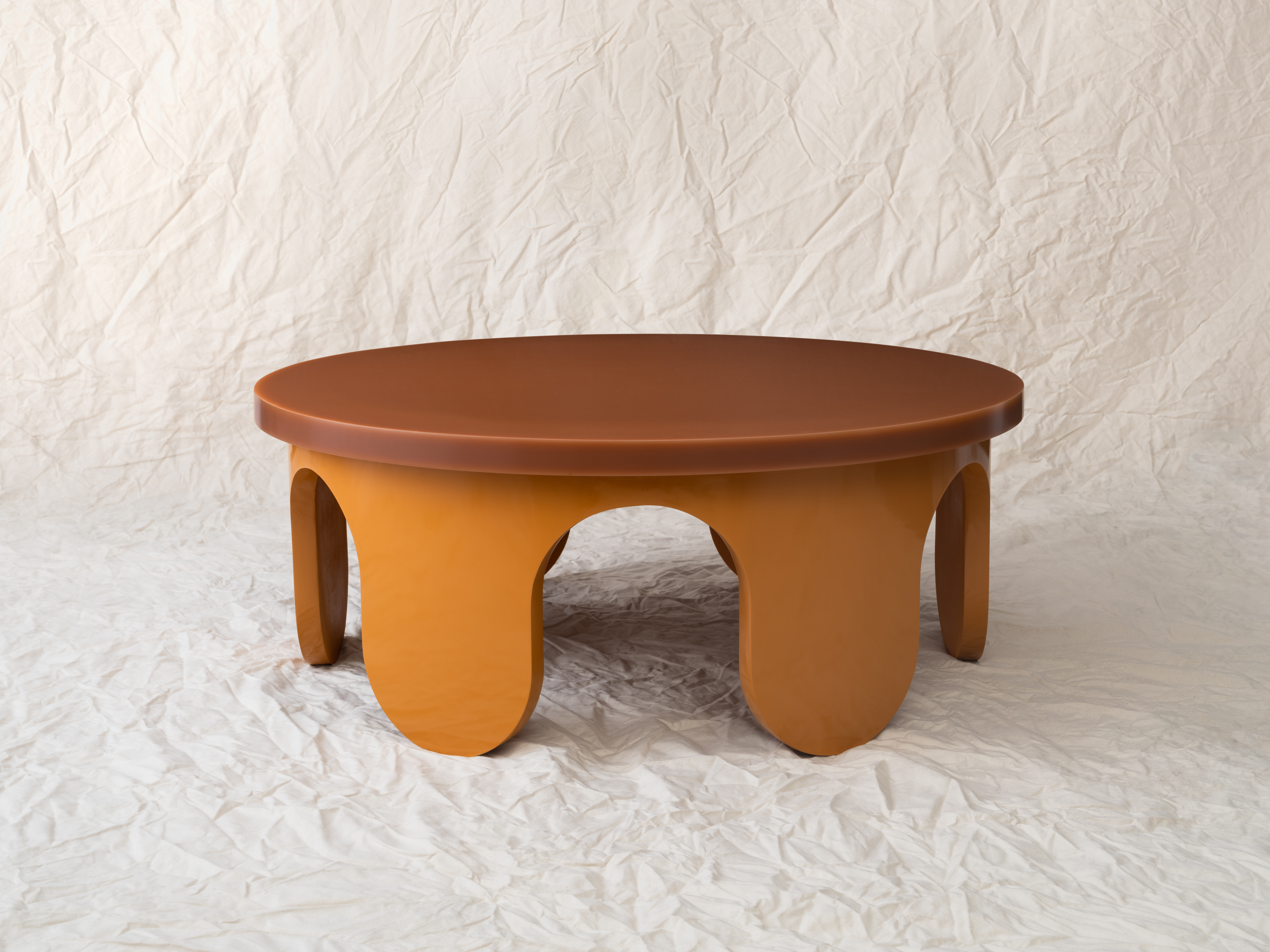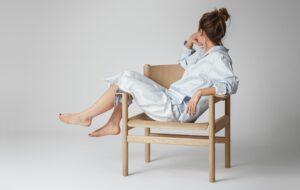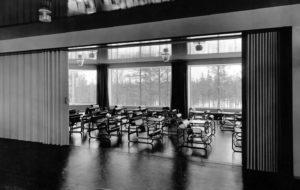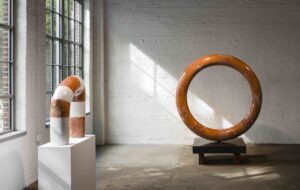|
|
||
|
Were I the protagonist in a certain type of novel, I might be writing these words with a pencil rather than the slick (though increasingly grungy) laptop that has succeeded it. Indispensable and unavoidable, both objects might qualify as the kinds of products that form the focus of Hidden Heroes: The Genius of Everyday Things, a recent exhibition at Vitra Design Museum. As the show’s title suggests, however, the conceit here is those objects that have become so customary that one no longer marvels at their design. In this, the still-glittery laptop does not yet make the cut, though the pencil – and 40 other equally quotidian products – most definitely does. The earnestness of the show’s title is reflected in the bright origin stories that come with each product. The guileless narratives are scripted on the science fair-like open boxes that display each object in Vitra’s light-filled Buckminster Fuller Dome, accompanied by historical documentation (diagrams, early print and film advertising) and odd flights of artistic inspiration (a modernist couch made of pencils, a “creative” installation of mason jars, a soundtrack of bubble wrap being popped). As I moved in a circle around the show, from exhibit to artless exhibit, it was the stories – reading like opening chapters in historical tales of domestic and dramatic derring-do – that propelled me on. Take bubble wrap, for example: in the late 1950s, engineer Marc Chavannes was travelling by air, and noted, as he began his descent, how clouds appeared to be cushioning his plane. This sparked the idea – executed with Al Fielding in Saddle Brook, New Jersey, in 1959 – to use air itself, sealed inside cloud-like plastic bubbles, as a packing material. Or the coffee filter, which begins with a Dresden hausfrau named Melitta Bentz in 1908. Previous to her design for a perforated metal beaker lined with paper, coffee was brewed by pouring hot water over beans or the sack they came in. Or the corkscrew, whose first patent was issued in 1795 to British man of the cloth Samuel Henshall. As the text notes, the 19th century “saw a phenomenal increase in the number of different types of corkscrews”, and many are on display here, filling the exhibit box like a ballet troupe of alien dancers, each rising from silver tiptoe into some new, oddly human form. The show’s unaffected sensibility might stem from its own origin story. It is the brainchild of executives at Hi-Cone, the company behind the six-plastic-ring “multipack carrier” – nemesis of dolphins and environmentalists the world over – for the past 50 years (indeed, the company’s name sounds like a Mad Men account). Steve Henn and HJ Meyer, the company’s president and vice-president respectively, contributed the exhibition’s foreword, laying out its inspiration. Noting the improbable lack of fame their own product had brought them, the men write: “In light of its unobtrusive usefulness, people may fail to consciously perceive the invention and its ingenuity, which is perfectly understandable but, despite all the economic success and recognition, still a little difficult for a manufacturer to bear.” (Sigh.) “Because we share this fate with the manufacturers of many other ‘Hidden Heroes’, it gave us the idea to organise an exhibition …” An odd provenance, yes, but why not? In a world where exhibitions of rare modernist chairs – and the celebrated artisans behind them – are a dime a dozen, Hidden Heroes offers the opposite: an account of how the neglected objects that often determine our lives came to be. Hidden Heroes: The Genius of Everyday Things was at Vitra Design Museum, Weil am Rhein, 20 August – 19 September
|
Image Vitra Design Museum
Words Quinn Latimer |
|
|
||


